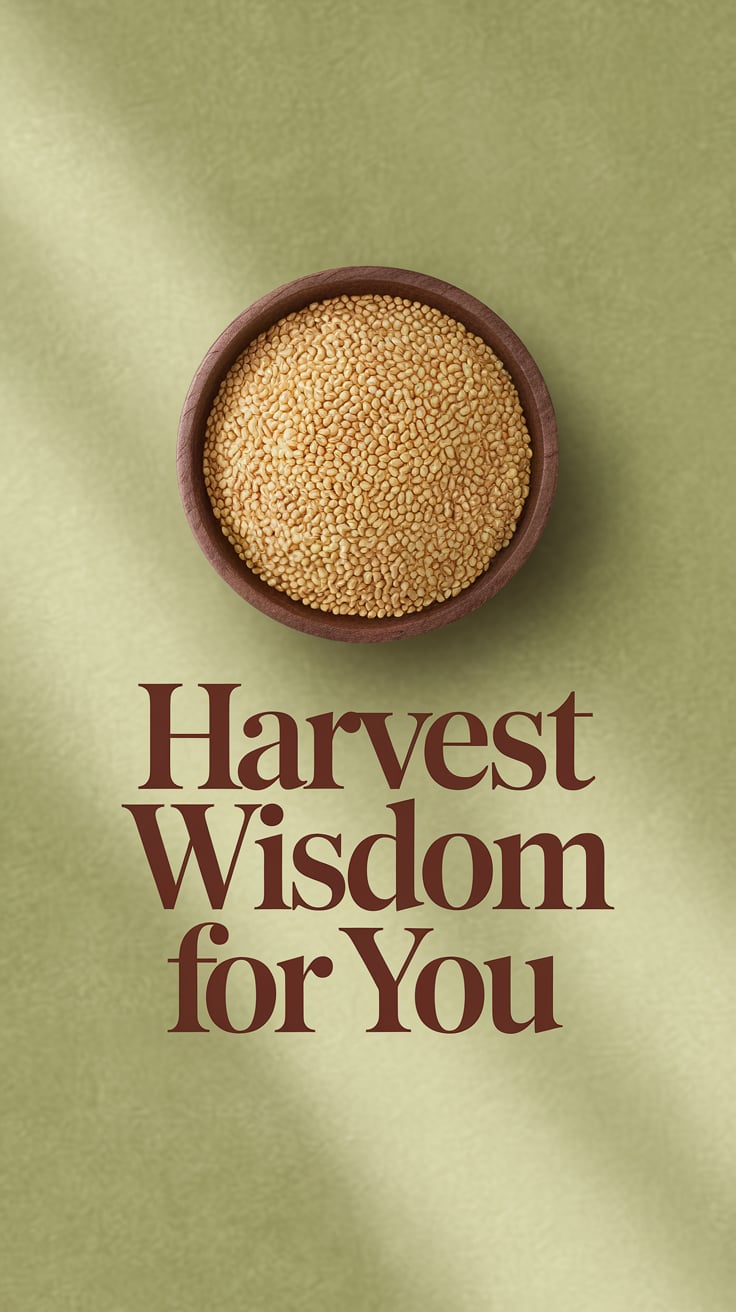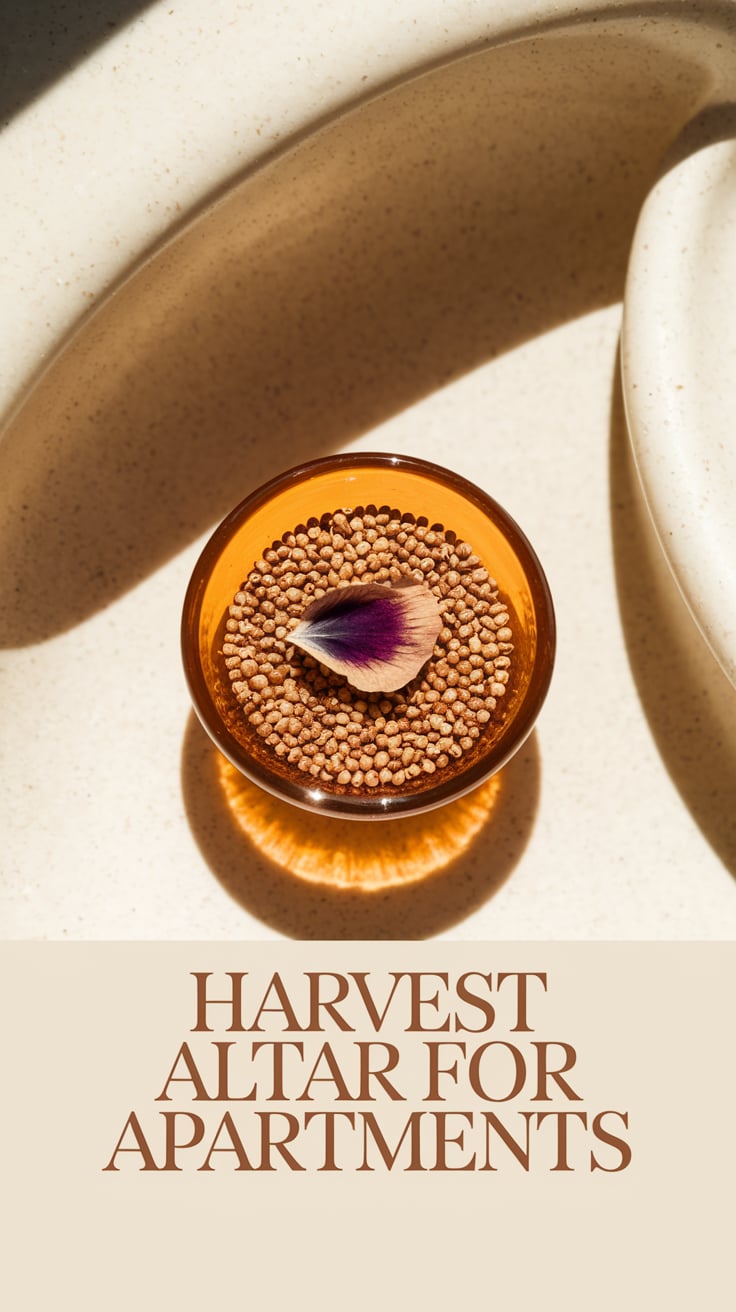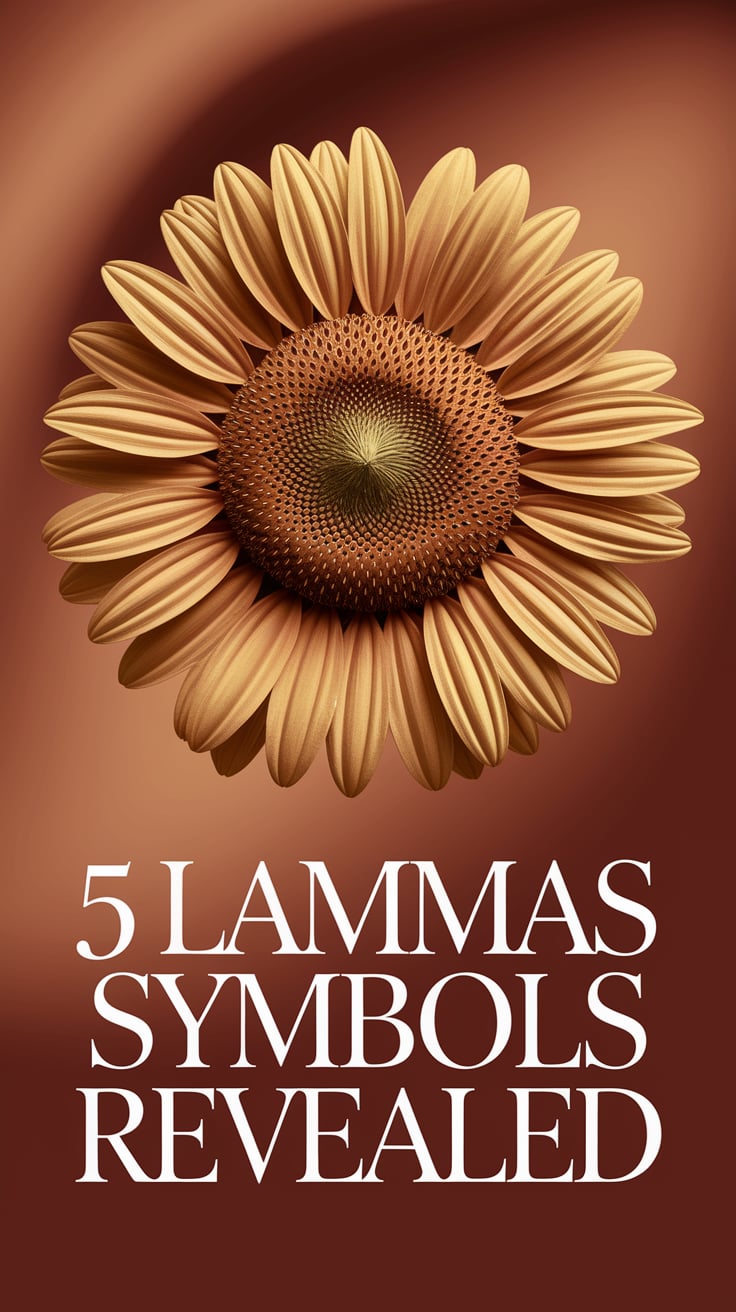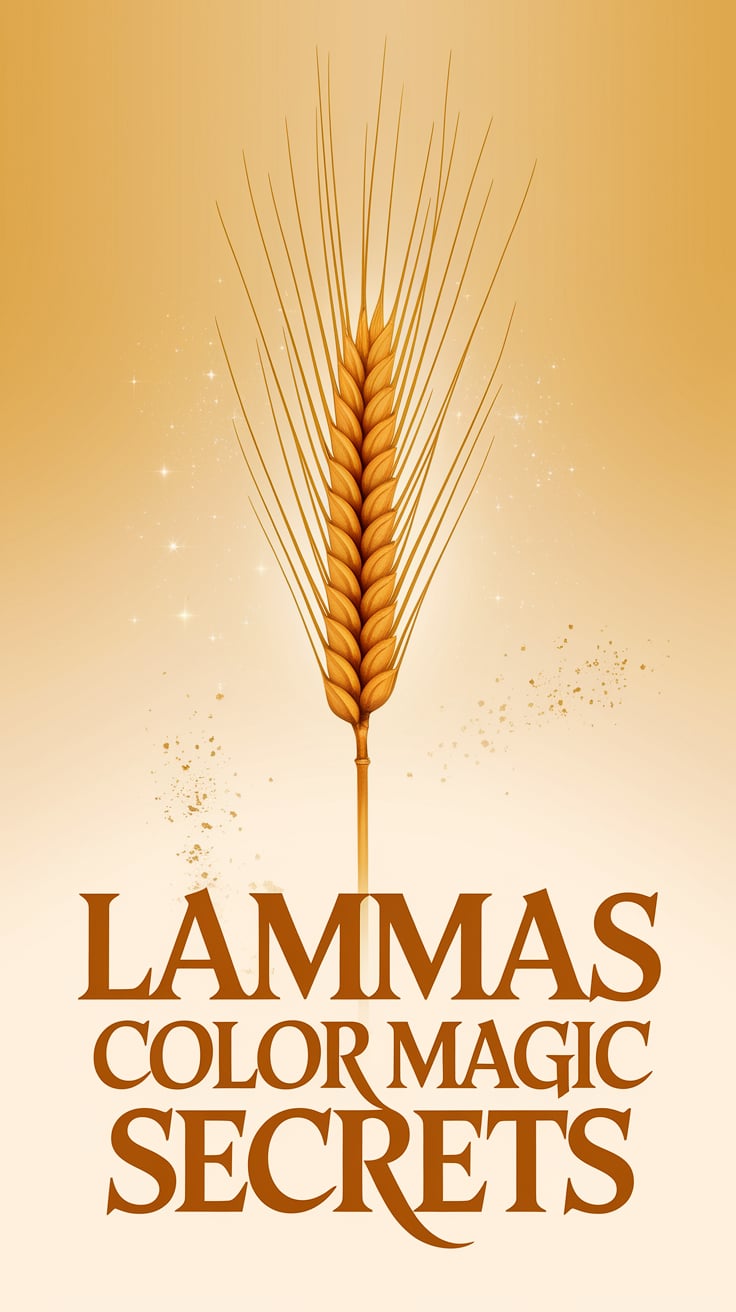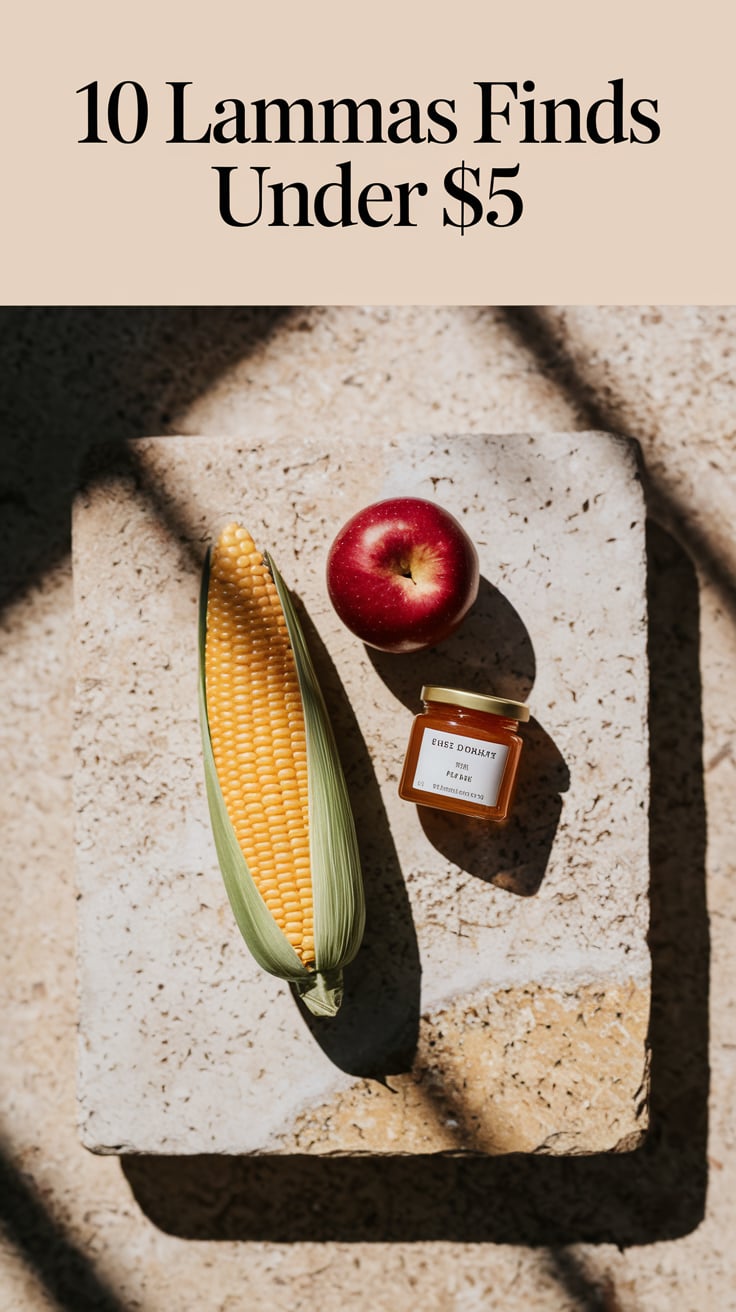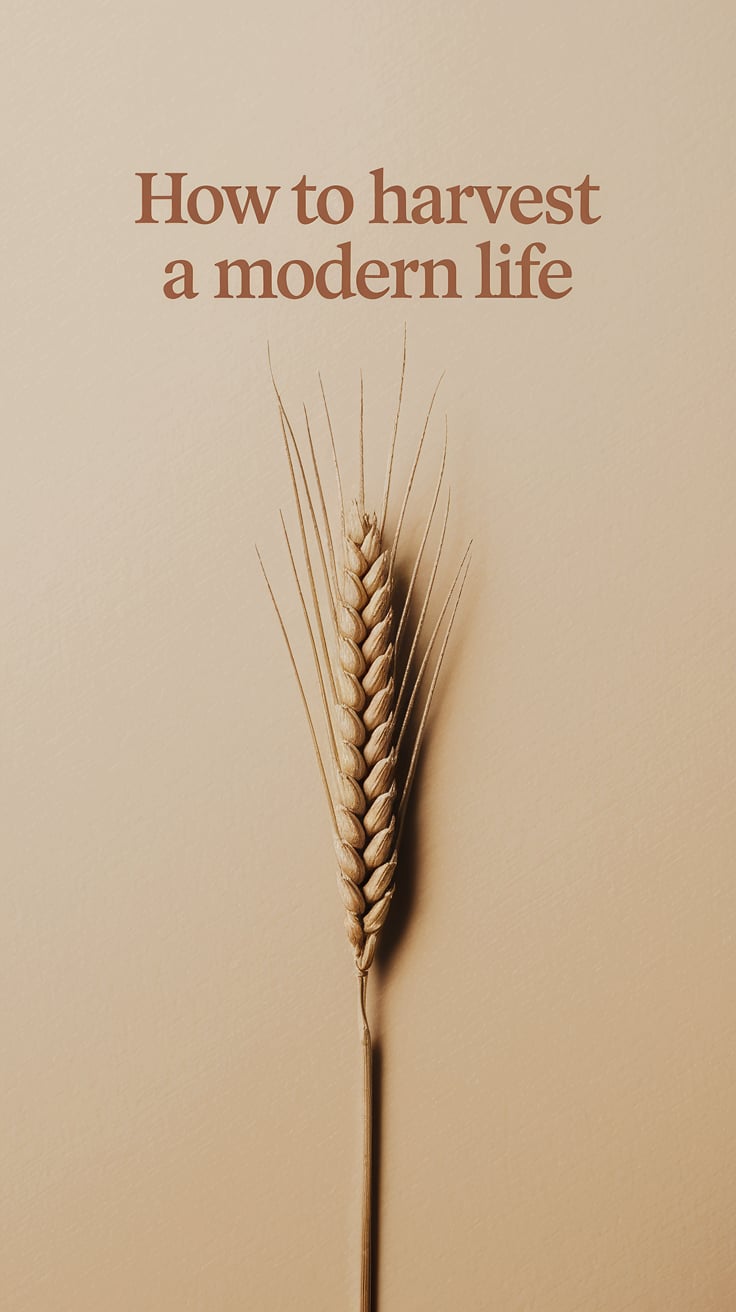The Evolution of Lughnasadh: From Month-Long Festival to Modern Day Celebration
Please note that posts on this site may contain affiliate links
Lughnasadh originally existed as a month-long celebration spanning from mid-July through early August in ancient Celtic societies. Most modern pagans observe this harvest festival on a single day or weekend. This stark contrast reveals how deeply our relationship with seasonal time has changed. I discovered this fascinating evolution while researching historical Celtic festivals for my own practice years ago. The extended timeframe makes perfect sense when you consider the nature of harvesting grain without modern equipment. Crops ripened gradually across weeks rather than all at once.
According to renowned magical scholar Judika Illes, Lughnasadh traditionally lasted four weeks, covering the last two weeks of July and the first two weeks of August. This generous timespan allowed communities to fully honor the beginning of harvest season with appropriate rituals, games, feasting, and trading. The modern compression into a single date (often August 1st) reflects our disconnection from agricultural rhythms. Our ancestors understood harvesting as a process rather than an event.

The Historical Four-Week Celebration
Archaeological and historical evidence confirms Lughnasadh as a major festival in the Celtic calendar. The name itself honors Lugh, a skilled solar deity associated with craftsmanship, while paradoxically commemorating the funeral games of his foster mother Tailtiu. According to Irish mythology, Tailtiu died from exhaustion after clearing Ireland’s plains for agriculture. Her sacrifice directly connected to the agricultural foundation of the festival.
The extended celebration aligned perfectly with practical farming realities. Harvesting by hand required weeks of labor involving entire communities. The first grains ripened at slightly different times depending on microclimate conditions. This created a natural progression of harvest activities that couldn’t possibly be contained within a single day of observance.
Community cohesion also necessitated a longer festival period. The extended timeframe allowed for:
- Trading goods between distant communities
- Athletic competitions and showcases of skill
- Arranging marriages and social connections
- Religious ceremonies honoring deities
- Multiple feasts using the first harvest foods
Early written accounts from Roman observers and later Irish Christian monks provide glimpses of these extensive celebrations. Though filtered through outside perspectives, these accounts consistently mention extended periods of festivity rather than single-day observances.

The Tailteann Games and Festival Activities
Central to the historical Lughnasadh celebration were the Tailteann Games. These athletic competitions honored Tailtiu and demonstrated physical prowess important to agricultural societies. Historical records describe events including spear throwing, running, wrestling, horse racing, swimming, and various tests of strength. These competitions couldn’t possibly occur in a single day.
Irish annals suggest the games occurred at Teltown in County Meath, with participants arriving from across Ireland. The logistics alone required extended time. Warriors and athletes traveled for days to reach the festival grounds. The competitions themselves unfolded over many days with different events scheduled throughout the festival period.
Beyond athletics, Lughnasadh incorporated numerous social and economic activities. Temporary marriages called “Teltown marriages” could be arranged at the festival. These trial unions lasted exactly one year, after which couples could separate without social consequences if incompatible.
Trading fairs formed another crucial element of the extended celebration. Merchants and craftspeople from distant regions gathered to exchange goods. These commercial activities created natural community gathering points where stories could be shared, news exchanged, and cultural bonds strengthened.
Ritual aspects of Lughnasadh included first harvest offerings, communal feasting, and sacred ceremonies. The first sheaves of grain received special treatment, often fashioned into corn dollies representing the spirit of the harvest. Communities shared bread baked from the first grain as a blessing for continued abundance.

Medieval Transformations
The arrival of Christianity in Celtic lands transformed Lughnasadh substantially. Church authorities recognized the importance of harvest celebrations but redirected their spiritual focus. By the Medieval period, August 1st became widely known as “Lammas” or “Loaf Mass” in England. This Christian adaptation centered on bringing loaves made from the first harvest wheat to church for blessing.
Significant calendar changes also impacted the timing of Lughnasadh celebrations. The transition from Julian to Gregorian calendar created date shifts that altered traditional observance times. What once aligned perfectly with harvest cycles became increasingly detached from agricultural reality.
Despite official Christian observances, rural communities maintained many traditional aspects of the extended celebration. Church records from medieval Ireland contain complaints about “pagan revelries” continuing throughout early August. Folk traditions preserved games, fairs, and festive gatherings even as their explicit connection to Lugh diminished.
The practical aspect of harvest remained unchanged regardless of religious context. Communities still needed weeks to gather crops. Celebrations naturally extended throughout this period despite official designation of specific feast days. Mountain pilgrimages, like climbing Croagh Patrick in Ireland (now associated with St. Patrick), likely originated as Lughnasadh traditions connected to Lugh worship on sacred heights.

Industrial Revolution and Decline
The industrial revolution fundamentally changed humanity’s relationship with harvest cycles. Mechanized farming dramatically reduced the time needed for harvesting. What once required a month of community labor could be accomplished in days. This efficiency eliminated the practical need for extended celebrations.
Urbanization pulled populations away from direct participation in agricultural cycles. City dwellers purchased bread rather than harvesting grain themselves. This disconnect from food production made the extended celebration seem unnecessary. Religious observances became increasingly detached from their agricultural foundations.
Folk historians documented the gradual compression of harvest festivals throughout the 19th century. Traditional games and fairs continued but without their original religious significance. The month-long celebration fragmented into disconnected local customs. Some regions maintained harvest superstitions and festivities without recognizing their connection to ancient Lughnasadh.
By the early 20th century, most people experienced Lammas or Lughnasadh only through curious local customs or church calendar references. The living tradition of extended celebration survived primarily in remote agricultural regions still dependent on traditional farming methods.
Modern Pagan Revival
The revival of interest in ancient pagan traditions during the mid-20th century brought renewed attention to Lughnasadh. Early Wiccan and Neo-pagan groups incorporated the festival into their wheel of the year celebrations. However, their understanding came primarily through fragmentary historical accounts rather than living tradition.
Modern life created practical limitations for festival duration. Weekend gatherings became the norm since most practitioners needed to maintain regular work schedules. The original month-long celebration transformed into concentrated ritual experiences designed to capture the essence of harvest festivals in abbreviated form.
The correspondence between ancient and modern practices remains conceptual rather than literal. Modern pagans honor the themes of first harvest, gratitude for abundance, and recognition of sacrifice through symbolic activities. While shortened in duration, these celebrations attempt to maintain spiritual connection with agricultural cycles.
Notable modern pagan authors including Starhawk, Janet and Stewart Farrar, and Alexei Kondratiev contributed research and ritual frameworks for contemporary Lughnasadh celebrations. Their work helped translate ancient agricultural festivals into meaningful practices for modern urban practitioners. While acknowledging the historical month-long celebration, they created adaptations suitable for contemporary lifestyle constraints.
Contemporary Observances
Current Lughnasadh celebrations vary widely among different pagan traditions. Wiccans typically observe the festival as one of eight sabbats, focusing on themes of harvest, abundance, and the sacrificial god. Celtic Reconstructionists attempt more historically accurate celebrations, sometimes extending activities across multiple days or weekends. Solitary practitioners often create personal rituals incorporating traditional foods, crafts, and offerings.
Some cultural events preserve aspects of traditional Lughnasadh celebrations. The Puck Fair in Killorglin, Ireland features the crowning of a wild mountain goat as king, possibly connecting to ancient fertility rites. Mountain pilgrimages continue across Ireland and Celtic regions. The Reek Sunday climb of Croagh Patrick attracts thousands annually, though now associated with St. Patrick rather than Lugh.
Modern schedling certainly presents challenges for extended celebrations. Who among us can take a month off for religious observance. I often advise my students to focus on quality of connection rather than duration. A sincere hour of mindful celebration can prove more meaningful than halfhearted participation in longer events.
For those seeking more traditional timeframes, spreading observances across multiple weekends offers a practical compromise. Some groups begin with first fruits rituals in mid-July, continue with main celebrations around August 1st, and conclude with final harvest activities in mid-August. This approach honors the gradual nature of traditional harvest while accommodating modern schedules.
Honoring the Extended Nature in Modern Context
Understanding Lughnasadh as an extended season rather than a single date opens meaningful possibilities for contemporary practice. Consider these approaches for connecting with the traditional month-long celebration:
Create a Lughnasadh altar in mid-July and maintain it through mid-August. Add fresh elements each week representing different aspects of the harvest season. Begin with early grains or fruits, then incorporate symbols of abundance, sacrifice, and preparation for autumn.
Engage in bread baking across the four-week period. Start with early grains like barley, then wheat, then experiment with mixed-grain recipes. Share these breads with community members, friends, or family. The act of creating and sharing food connects directly to the festival’s agricultural roots.
Plan different themes for each week of the traditional period:
- Week 1: Honor Tailtiu and agricultural ancestors
- Week 2: Celebrate Lugh and develop crafting skills
- Week 3: Focus on community connections and sharing abundance
- Week 4: Prepare for the coming autumn season
Reconnecting with the extended nature of Lughnasadh helps restore our relationship with natural cycles. Modern pagans often feel trapped between historical authenticity and practical limitations. By understanding how and why the festival evolved, we can create meaningful compromises honoring both tradition and contemporary reality. The essence of Lughnasadh remains constant even as its expression changes across centuries.
The gradual compression of Lughnasadh from month-long festival to single-day observance reflects broader cultural shifts in our relationship with time, agriculture, and community. By exploring this evolution, we gain insight into both our ancestors’ world and our own. The festival continues evolving through each generation that celebrates it, preserving ancient wisdom while addressing modern needs.

Easy Simmer Pot Recipes for Financial Abundance Using Herbal Witchcraft
Unlock prosperity and attract wealth with ‘Easy Simmer Pot Recipes for Financial Abundance Using Herbal Witchcraft‘ for just $3.99—transform your life with potent, magical simmer pot spells.

